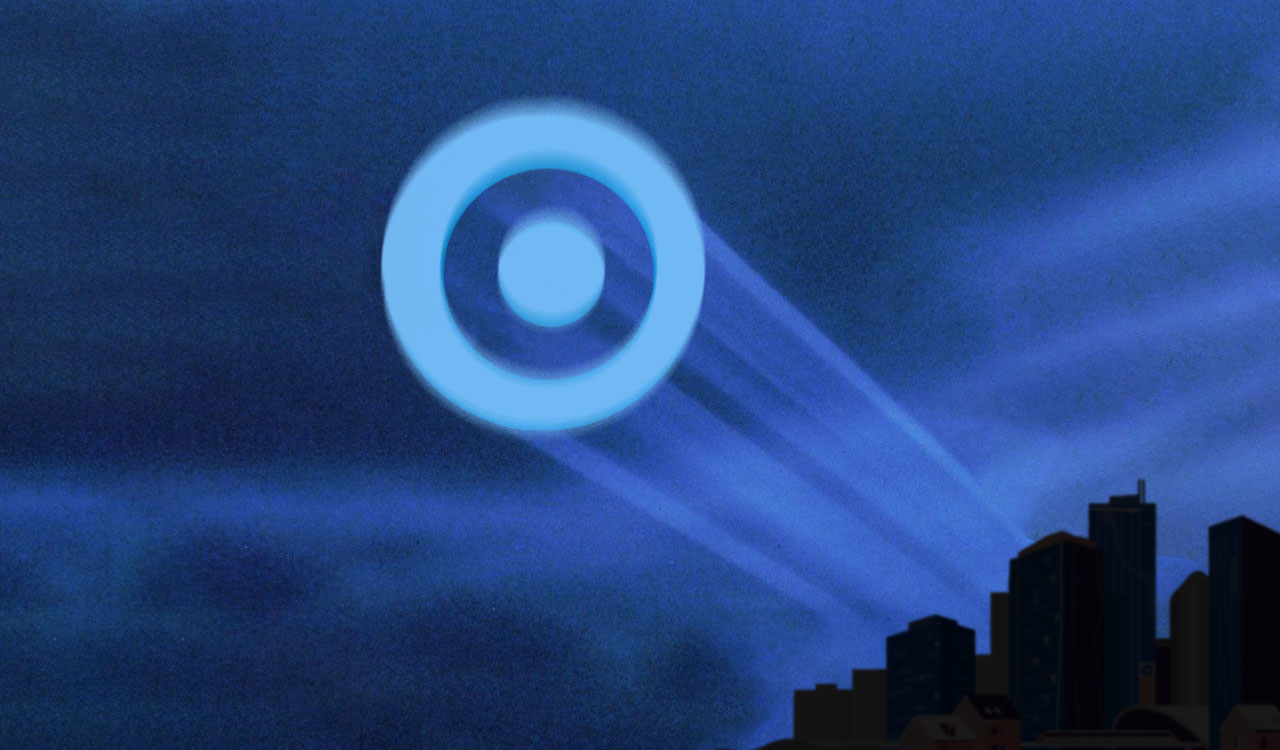In the end, Showfields and Neighborhood Goods billed themselves as department stores, and they did what so many department stores have done: They went out of business.
Any post-mortem on Showfields and Neighborhood Goods will have to deconstruct the factors playing into their histories. Maybe at the top of the list is the pandemic, which hit the country soon after they opened their stores. Timing is everything, or not, as in-person traffic was severely restricted as it was for so many other retailers. It’s safe to say these new DTC physical stores was not deemed “essential” by the government’s retail monitors and it was closed for months.
They were both always odd retail ducks when it came to their business models. They didn’t own any brands or inventories but instead rented out spaces to mostly digital brands that wanted a physical presence but weren’t ready to commit to their own stores.
In mid-January Showfields announced it was closing three stores, months after filing for bankruptcy and shutting down its flagship Manhattan location as well as one in Miami. That left it with locations in Brooklyn, Washington, DC and a small shop at Century City in Los Angeles. Although the websites are still up, telephone numbers at these locations were either no longer in service or unlisted and the company did not respond to a request for comment on its status. Optics aside, R.I.P.
And then just a few weeks later Neighborhood Goods told Modern Retail newsletter that it was shutting down as well. Started in Texas in 2018, it once had stores in both Austin and the Dallas metroplex, but those closed earlier and it was down to two locations, in Manhattan and Newport Beach. It informed vendors in mid-January it was closing those last two stores, leaving a trail of both unpaid rent and vendors.
I’ll Take Manhattan
Showfield’s Manhattan location was housed in a former animal hospital built in 1913 for the New York Women’s League for Animals on 11 Bond Street in NoHo. It was opened in December 2018 by entrepreneurial businessman Tal Ziv Nathanel. It was designed as an experience with dozens of small brands housed in assorted nooks and crannies as well as a two-story slide behind a hidden bookcase that was a whimsical, if a largely dysfunctional transport device. Many of the brands had on-site representatives, usually out-of-work actors who often played the role of a product user or even inventor.
Many of the brands at Showfields were mission-driven products that could be found IRL for the first time. And that included Saint James, FullWell, Branch Basics, Floof, Nalgene, Ollie, and Mochidoki and similar inventive sounding brands. Shoppers could purchase the products from the actors/sales associates in the pop-ups or at Showfields central check-out shop. The concept was essentially a landlord renting out leased departments. A 2020 profile of Nathanel in the online newsletter Glossy said Showfields “rotates brands in and out of the space, charging a starting fee of $6,000 a month for a section of the store, both to keep things fresh and to keep new and existing customers coming back to discover more.” While the idea was to keep the mix churning, some brands became almost semi-permanent presences, staying for many, many months.
Neighborhood Goods operated on a similar model leasing out space to brands who got paid when their goods sold. At its peak it had four locations, somewhat less theatrical than Showfields but offering up the same kind of brands, sometimes even the same ones. Its highest profile location was in Manhattan’s Chelsea Market in the Meatpacking District. CEO Matt Alexander told Modern Retail it was looking at downsizing and trying to stay in business. “We looked at our options and quickly concluded the path forward — potentially just with one store remaining open — would be very difficult to pursue. So we made the decision to close.”
So, What Happened?
Certainly, any post-mortem on these two operations will have to deconstruct the factors playing into their histories. Maybe at the top of the list is the pandemic, which hit the country soon after each opened its New York locations. Timing is everything, or not, as in-person traffic was severely restricted as it was for so many other retailers. It’s safe to say neither was not deemed “essential” by the government’s retail monitors and they were closed for months.
There is also the matter that many of the obscure brands they sold were not only available online through their own websites but also at other retailers as they expanded their distribution beyond the hybrid physical-DTC model. A shopper who wants a Taschen book, a Field notebook or such products can find them at a multitude of places from conventional independent specialty stores to Nordstrom and Bloomingdale’s. Indeed, some of these digital brands have gone on to open their own stores, which was theoretically part of this growth process but still made it hard for stores like these to stay special.
But perhaps the biggest reason for what happened to Showfields and Neighborhood Goods is the very business model itself. As a landlord subleasing space (they reportedly also got some sort of a commission on sales as part of the concession model that has been around since the early days of retail), they needed to keep churning brands to drive repeat traffic and refresh the product mix. That may have proven to be harder than it is for traditional retailers who have broader merchandising parameters. Ultimately, like five-and-dimes, catalog showrooms and even more recently Amazon’s book and Fresh stores, the numbers just don’t add up.
Waning Interest
Showfields once promoted itself as the “most interesting store in the world.” While that hidden slide in the NoHo store was certainly interesting, to say the least, a novelty doesn’t guarantee success. True, it was an interesting experience with surprising finds and unexpected conversations with the actors. They seemed to be going for a retail “Sleep No More” theatrical experience. Neighborhood Goods had a similar marketing campaign, calling itself “a department store with a story.“ You had to admire each for trying to bring a new dynamic to the retail business, something that is often in short supply as national chains continue to increasingly dominate the marketplace with stultifying customer experiences. But today a retail store has to be more than just interesting or have a story. It has to be a successful business model. And it has to matter.




